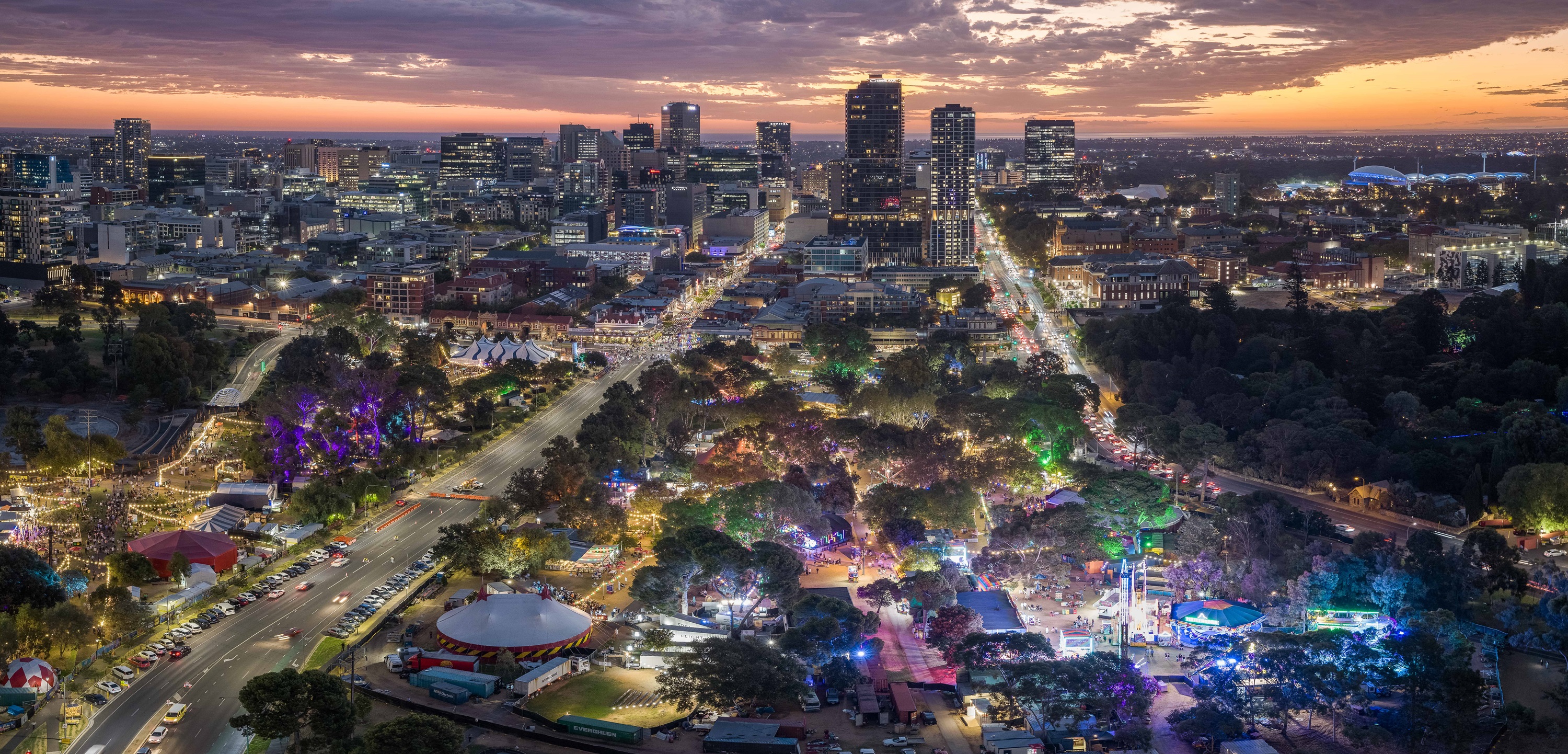24th November 2023
The Nature Conservation Council of New South Wales (NCC), the state’s leading environmental advocacy organisation, has today urged members of the NSW Parliament to prioritise safety and security by ending the fire risk being caused by native forest logging.
“Across NSW state forest is being logged to the edge of towns. This is dramatically increasing the bushfire risk these communities face and should be stopped as a matter of priority”, NCC CEO Jacqui Mumford said today.
“Right now logging is occurring within within 6km of Lansdowne (mid-north coast), 15km of Batemans Bay (south coast) and there are plans to log forest right on the boarder of Nambucca Heads (mid north coast) within the next 6 months. Operations have just been completed in forests 4km from Bulahdelah (mid-north coast) and 5km from Ourimbah (central coast).”
“We are calling on members of the NSW Parliament to take an important step to protect the community and the environment from the risk of bushfires by ending native forest logging.”
Extensive, peer reviewed research has found that logged forest was more likely to have burnt, and at a higher severity, during the 2019-20 bushfires than unlogged forests.
Logging produces forests that are more likely to burn because:
It increased the amount of sunlight and wind that can enter and dry out the soil and understory. This promotes the growth of more drought-tolerant and fire prone species such a eucalypts.
Less than 40% of a logged tree is removed from a site – the rest is left on the ground or in piles that dry out and increase the severity and impact of a fire (J.Sanger (2022) NSW’s Forest Carbon,The Tree Projects, P.6)
The vegetation that regrows after logging has substantially more flammable branches close to the ground, creating a vertical ladder of fuel which will allow all available vegetation to burn, and at a higher temperature.
The crown fires that occur due to this vertical ladder are much more difficult to control, spread more quickly, and embers are much more easily transported by wind to start new spot fires.
In a review of the literature Prof. Lindenmayer concluded:
“Native forest logging makes bushfires worse – and to say otherwise ignores the facts”.
“Every empirical analysis so far shows logging eucalypt forests makes them far more likely to experience crown fire…Research shows forests became dramatically less likely to burn when they mature after a few decades. Mature forests are also less likely to carry fire into the tree tops.4“
Further statements attributable to Jacqui Mumford, NCC CEO.
“With the extreme fire risk we are experiencing as we enter a period of El Nino drought, we need to do everything we can to increase safety and security and reduce bushfires.”
“All the evidence we have shows that disturbed, younger forests that have been logged are more likely to burn, and do so more intensely.”
“In contrast, older, undisturbed forests are shadier, wetter, and have taller trees leading them to be less likely to burn, and when they do they burn slower and cooler”.








